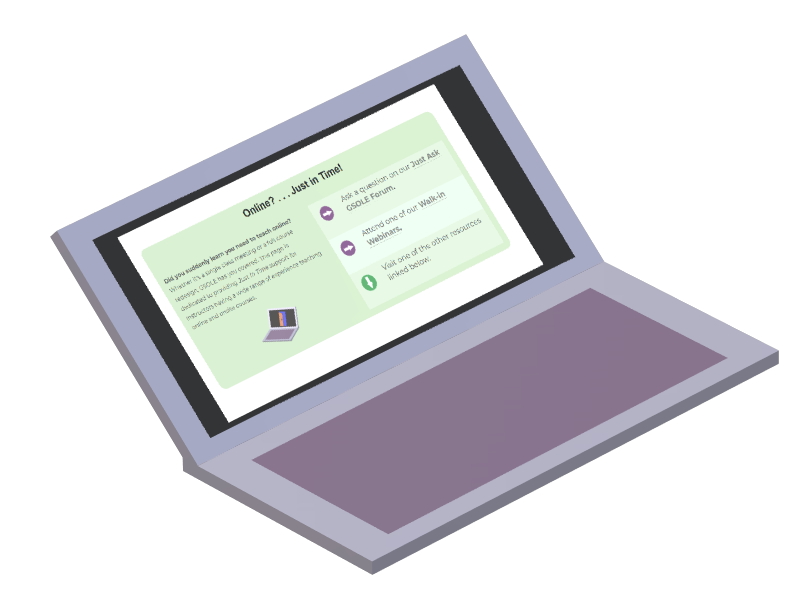Online Interaction and Collaboration Resources |
OverviewOnline interactions take a wide range of forms. Your LMS will include a range of interaction and collaboration tools, but others are available through various online platforms. The resources below of just a few ideas and tools for interacting in the context of an online class. |
|
Ideas and Applications
|
Tools for Web Conferencing
|
Virtual Collaborative Technologies
|


